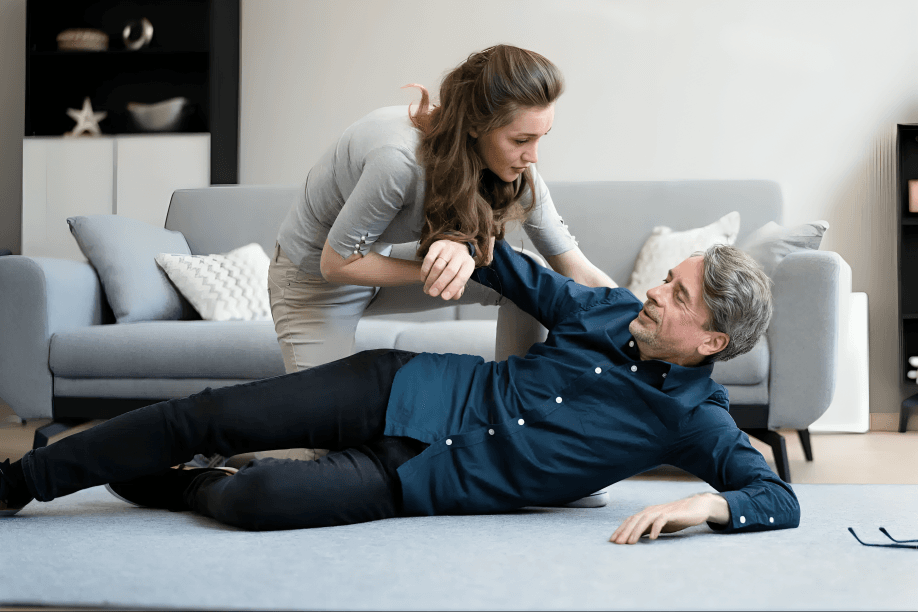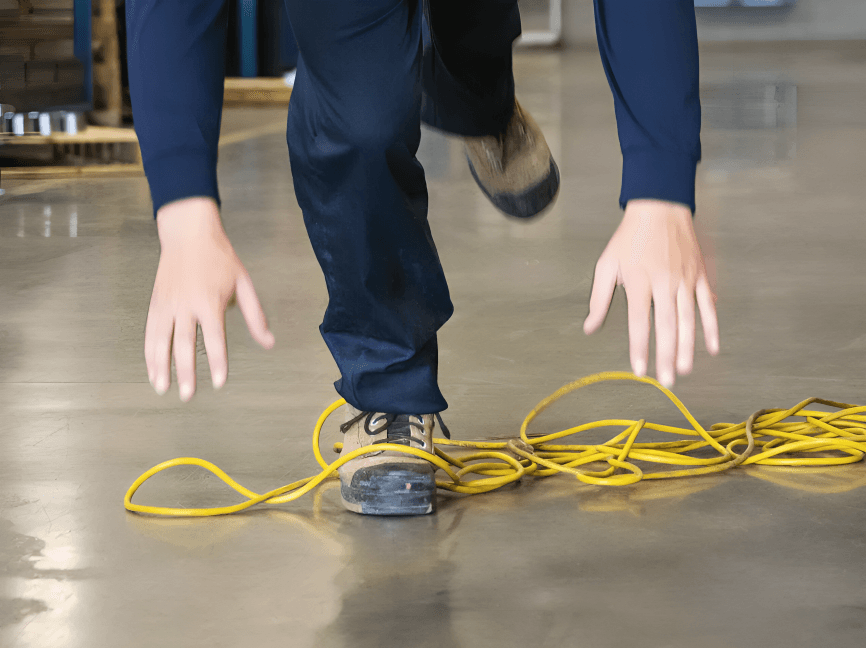
“
Understanding how to reduce the risk of falls and injuries at home is vital for everyone, especially older adults and children. Simple household modifications, regular habits, and safety awareness can prevent many accidents. From well-lit spaces to proper footwear, every detail counts. 1
1
1
1
”
According to many geriatric doctors, falls are the leading cause of injuries among seniors at home, making prevention strategies like handrails, clutter removal, and better lighting a daily priority for all households. 1
Ensuring your home has non-slip mats in bathrooms and kitchens helps reduce slipping accidents, particularly in areas prone to moisture buildup, where even a small spill can create dangerous fall conditions. 2

Cluttered hallways, staircases, and living spaces significantly increase the risk of tripping; maintaining clear walkways and organizing items away from paths dramatically boosts home safety for all ages.
Installing sturdy handrails on stairways and in bathrooms provides essential support for people with balance issues, allowing them to navigate tricky areas confidently without the fear of sudden falls. 3
Footwear matters indoors—wearing shoes with good grip or non-slip socks instead of bare feet or slippers helps maintain steady footing, especially on smooth floors like tiles or hardwood surfaces. 4
Wet floors in bathrooms and kitchens are common fall zones. Immediate cleaning, plus using rubber-backed mats or absorbent rugs in these areas, reduces slip hazards caused by unnoticed water spills. 5
Pets, though adorable, can be a tripping hazard. Training them to stay out from underfoot, especially around stairs and in narrow hallways, helps reduce sudden accidents. 6
Regular vision checkups can drastically reduce fall risks. Poor eyesight can cause misjudgments of depth, steps, or floor clutter, so updated prescriptions and using proper lighting help prevent such issues. 7
High-contrast colors on stair edges and bathroom grab bars help people with visual impairments detect changes in floor levels or surfaces more easily, adding extra visual guidance and support. 8

Keeping floors dry and clean, especially near entrances, prevents slips from muddy shoes, wet umbrellas, or snowy boots, which often turn entryways into unnoticed high-risk fall zones in wet weather.
Secure all rugs with non-slip pads or double-sided tape to keep them from sliding out of place. Loose rugs are notorious tripping hazards and often overlooked during home safety assessments. 9
Practicing balance and strength exercises, like tai chi or yoga, strengthens the body’s core muscles, improving stability and coordination and reducing the chance of falling in daily home activities. 10
Installing grab bars near the toilet and inside the shower offers firm support for sitting and standing, making everyday bathroom routines safer for elderly people or those recovering from surgery. 11
Adjusting bed heights to a comfortable level makes it easier for individuals to get in and out without stumbling or needing to jump down, especially in dark or half-awake early morning hours. 12
Children are often vulnerable to falls, especially on stairs and playgrounds. Using safety gates at stair entrances and non-slip mats in bathtubs helps prevent dangerous tumbles and bath-time injuries. 13

Replacing broken floor tiles, uneven boards, or loose carpeting reduces tripping hazards in high-traffic areas, ensuring smoother transitions between rooms and safer movement through the house.
Avoid standing on unstable furniture, like wobbly chairs or coffee tables, to reach something high. Instead, use a sturdy step stool with a handle designed for balance to prevent dangerous topples. 14
Storing heavy items in lower cabinets prevents the need to lift weighty objects overhead, reducing the risk of muscle strain or imbalance that could lead to slips or sudden falling injuries. 15
Maintaining good hydration and nutrition supports muscle and joint function, helping people—especially older adults—stay physically strong and less prone to sudden dizziness that leads to accidental falls. 16
Check outdoor areas too—ensure that garden paths, patios, or steps are free of moss, wet leaves, and cracks that create slipping or stumbling hazards, especially during rainy or icy weather. 17


